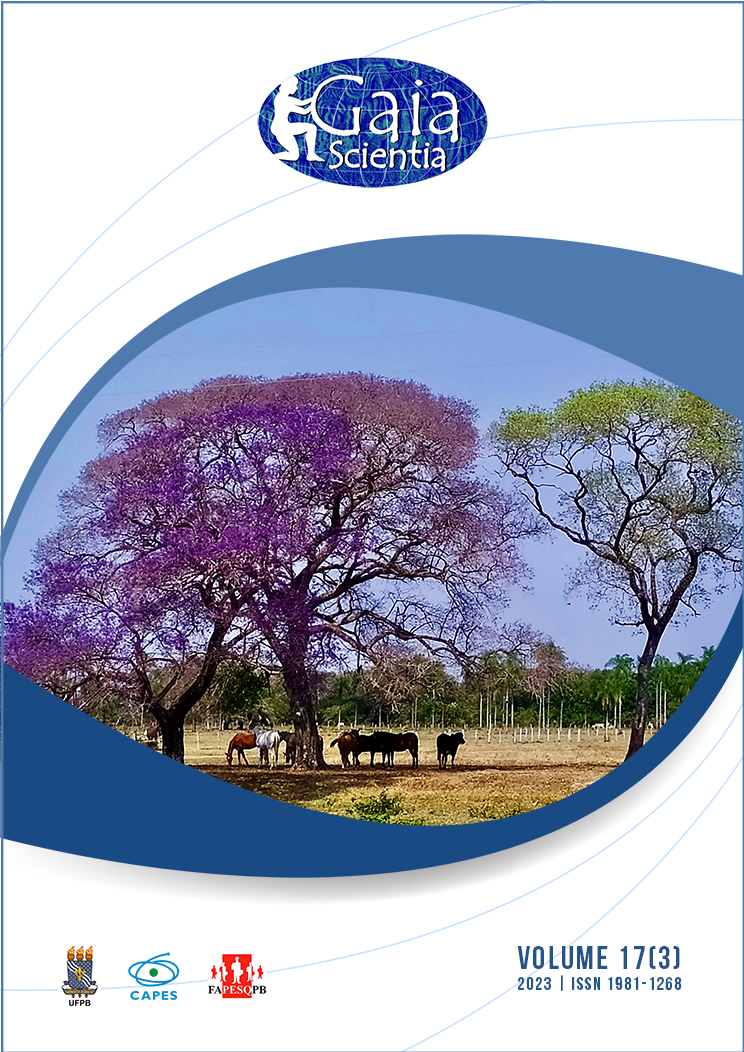Do you eat ants? A case study of entomophagy in serra da Ibiapaba, Ceara, Brazil
DOI:
https://doi.org/10.22478/ufpb.1981-1268.2023v17n3.67672Abstract
In the Serra da Ibiapaba, located in the state of Ceará, in the Northeast of Brazil, the habit of consuming a group of ants popularly called tanajuras ants (Attini Smith, 1858) is still preserved. In this way, the objective was to highlight whether the ancient practice of entomophagy by leaf-cutter ant queens in the cities of Ibiapaba is preserved among young people (18-28 years old), relating this practice to the perception of the entomofauna by the inhabitants of the region. Data were collected from residents of the region using a sociodemographic questionnaire, free word association test (TALP) and semi-structured interviews. We describe that entomophagy in the Ibiapaba mountain range is associated with cultural factors, since the population does not recognize the benefits arising from this consumption, reflecting perceptions of repulsion towards these insects, and that for the group of participants, less than half still consume ants. It is also noteworthy that the act of collecting ants is an activity of fraternization between family and friends, even those who do not consume them. We hope that this study can provide information that promotes reflection, contributing to the reduction of negative perceptions about entomophagy and insects and the presence of indigenous traditions in modern society.










